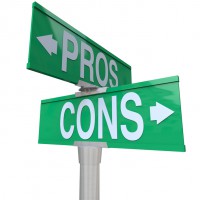
I am in the process of building a new website for a client and wanted to share a few of my own tips for adding location specificity to your website. Although these are very simple tips, you would be amazed at how many web designers, who are not SEO-focused, will forget to use them.
1. Put your address, phone number, and locations in the code never in images. Search engines cannot read images and do not place any emphasis on what you have in the alt tag. Style these items with CSS don’t take the lazy route by creating them as images.
2. Make sure your phone number is at the top of each and every page and make the phone number clickable using this html tag: <a href=”tel:301-705-7303″>Phone 301-705-7303</a>. When you use code such as this for phone numbers in your content, smartphones will allow these links to be click to call and even browsers and tablets will try to open Skype or other phone calling application with a click.
3. Make sure you include the full address including spelled out state and zip code in the footer of all pages. I even go a step further and note the service counties if there are only several. Don’t do huge lists of cities or counties as Google does not like this approach, but a very small list delineating your service area to readers is appropriate.
4. On your contact page, make sure to embed a map from Google Maps. You can create this custom linkable image from within Google Maps and use the <iframe> code to insert it. This gives visual cues to readers and also a link that can be followed to your exact location for search engines. I have found many sites don’t include their physical location on their contact page; I think that this is a mistake, and unless you are working from a home office location you may want to correct that.
5. Consider on your about page giving more details about your service area. For pest control professionals we have found that a service listing with unique pages built for their important city locations may give the placement that they need in a town or city that they would like to place organically in.
If you need quality but affordable SEO-focused web design or redesign services make sure to check out our details on our responsive website design page.



